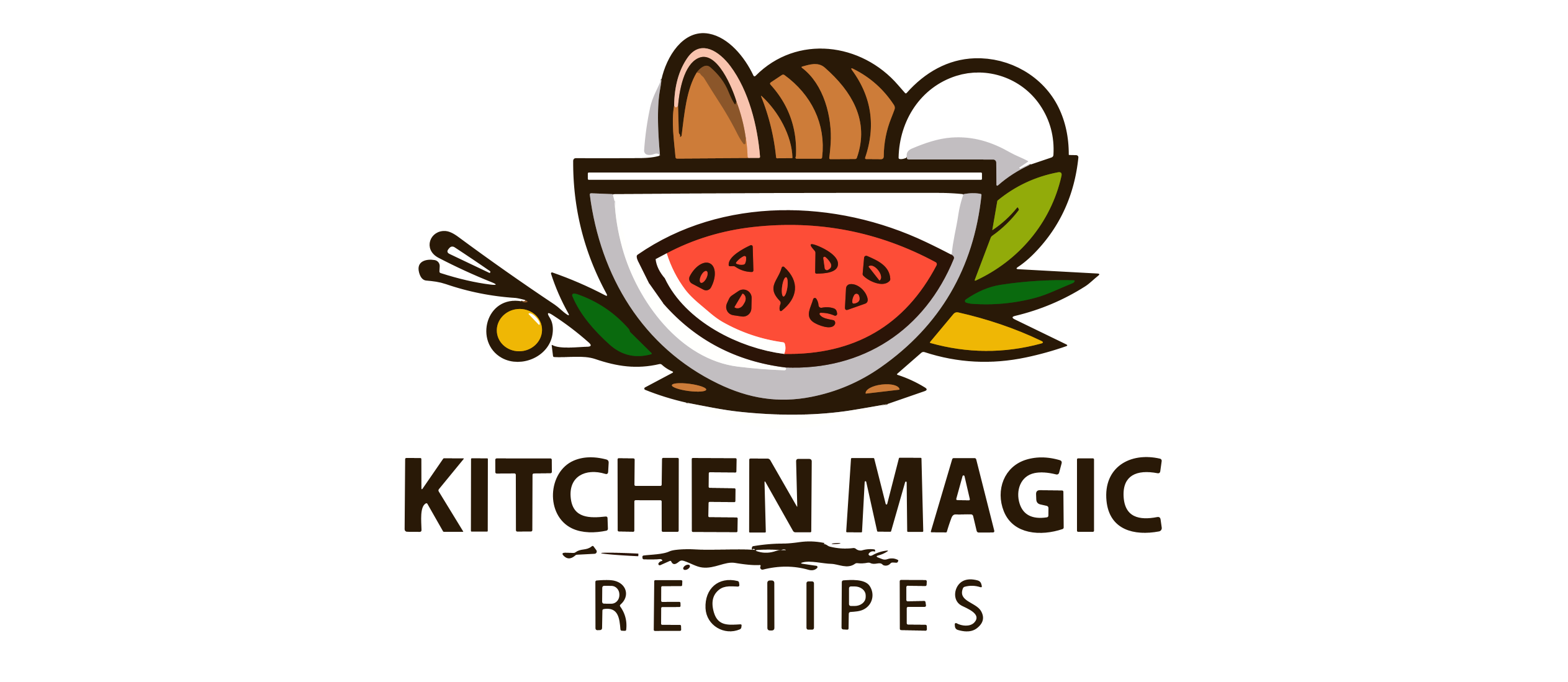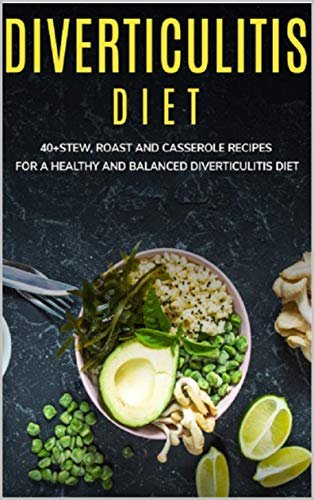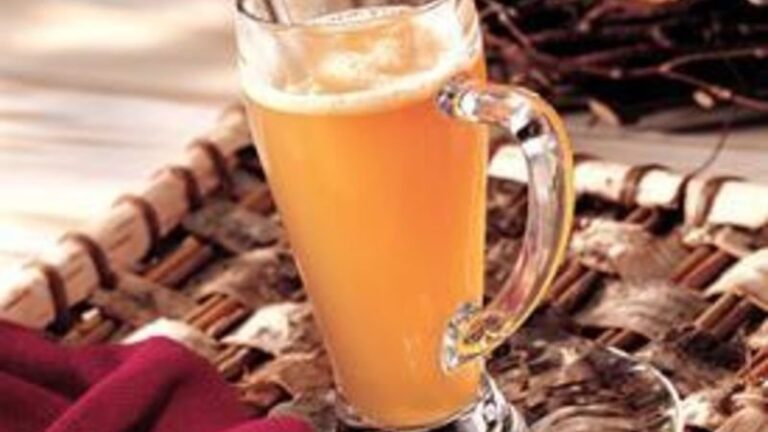Nourishing Casserole Recipes For Diverticulitis Relief
Looking for delicious and nourishing meals that won’t aggravate diverticulitis? Look no further! Casserole recipes for diverticulitis are the perfect solution, providing a comforting and flavorful option for those dealing with this condition. These dishes feature a combination of easy-to-digest ingredients and gentle cooking methods, ensuring a dish that’s both gentle on the stomach and satisfying to the taste buds. In this article, we’ll share some mouthwatering casserole recipes that are not only good for your digestive health but also incredibly delicious. Let’s dive in!
Casserole Recipes for Diverticulitis: A Delicious and Nourishing Option for Digestive Health
Living with diverticulitis can often mean following a restrictive diet to minimize flare-ups and promote gut health. However, this doesn’t mean you have to sacrifice taste and variety in your meals. Casseroles can be a wonderful option for those with diverticulitis, offering a comforting and nourishing meal that is gentle on the digestive system.
Understanding Diverticulitis: What You Need to Know
Diverticulitis is a condition that occurs when small pouches, known as diverticula, form in the walls of the digestive tract, typically in the colon. When the diverticula become inflamed or infected, it leads to diverticulitis, which can cause symptoms like abdominal pain, bloating, and changes in bowel movements.
While the exact cause of diverticulitis is still unclear, it is commonly associated with a low-fiber diet. A lack of fiber can contribute to the hardening of stool, increasing the pressure on the colon, and potentially leading to the formation of diverticula.
Fortunately, a well-balanced diet, including high-fiber foods like fruits, vegetables, whole grains, and legumes, can help prevent and manage diverticulitis. And that’s where casseroles come in!
The Benefits of Casseroles for Diverticulitis
Casseroles offer several advantages for individuals with diverticulitis:
- Gentle on the digestive system: Casseroles often involve cooking ingredients together, which can make them easier to digest. The slow cooking process and softer textures of the ingredients can be soothing for the digestive system.
- Easy to incorporate fiber: It can be challenging to meet the recommended daily fiber intake when following a diverticulitis diet. However, casseroles can be packed with fiber-rich ingredients like vegetables, legumes, and whole grains, helping you reach your dietary goals.
- Variety and flavor: One common misconception about a diverticulitis diet is that it has to be bland and monotonous. Casseroles offer endless possibilities for creativity, allowing you to experiment with different flavors, spices, and ingredients.
- Meal planning and leftovers: Casseroles are great for meal planning and batch cooking. By preparing a large casserole, you can have several servings ready to enjoy throughout the week. This can be especially convenient during busy days or when you don’t feel like cooking from scratch.
Key Ingredients to Include in Casseroles for Diverticulitis
When preparing casseroles for diverticulitis, it’s crucial to focus on ingredients that are gentle on the digestive system and provide valuable nutrients. Here are some key ingredients to consider:
1. Lean Proteins:
Choose lean sources of protein to minimize fat content and promote easier digestion. Great options include skinless chicken breast, turkey, fish, and tofu. These proteins are not only gentle on the digestive system but also provide essential amino acids for muscle repair and overall health.
2. Fiber-Rich Vegetables:
Incorporate a variety of vegetables into your casseroles to boost their fiber content. Some excellent choices include leafy greens like spinach and kale, bell peppers, zucchini, carrots, and broccoli. Vegetables not only add vibrant colors and flavors to your dish but also provide essential vitamins, minerals, and antioxidants.
3. Whole Grains:
Opt for whole grains such as brown rice, quinoa, or whole wheat pasta instead of refined grains. Whole grains are higher in fiber and other beneficial nutrients, supporting healthy digestion. They also add a delightful texture and nutty flavor to your casserole.
4. Gut-Friendly Fats:
Incorporate healthy fats into your casseroles using ingredients like olive oil or avocado. These fats can aid in the absorption of fat-soluble vitamins and provide satiety. However, it’s important to use them in moderation to prevent added stress on the digestive system.
5. Flavorful Herbs and Spices:
Enhance the taste of your casseroles with herbs and spices instead of relying on excessive salt or high-fat sauces. Options like garlic, ginger, turmeric, rosemary, and oregano can add depth and complexity to your dish while also providing potential anti-inflammatory and digestive benefits.
Delicious Casserole Recipes for Diverticulitis
Now, let’s dive into some mouthwatering casserole recipes that are not only diverticulitis-friendly but also delicious:
1. Chicken and Vegetable Casserole
Ingredients:
- 2 boneless, skinless chicken breasts, cut into cubes
- 1 cup broccoli florets
- 1 red bell pepper, diced
- 1 zucchini, sliced
- 1 cup cooked brown rice
- 1 tablespoon olive oil
- 1 teaspoon garlic powder
- 1 teaspoon dried oregano
- Salt and pepper to taste
Instructions:
- Preheat the oven to 375°F (190°C).
- In a large skillet, heat the olive oil over medium heat. Add the chicken and cook until lightly browned.
- Transfer the chicken to a casserole dish. Add the vegetables and cooked brown rice. Mix well.
- Sprinkle the garlic powder, dried oregano, salt, and pepper over the casserole. Toss to evenly distribute the seasonings.
- Cover the casserole dish with foil and bake for 25-30 minutes or until the chicken is cooked through and the vegetables are tender.
- Remove from the oven, let it cool for a few minutes, and serve.
2. Lentil and Vegetable Casserole
Ingredients:
- 1 cup dried lentils, rinsed
- 1 onion, diced
- 2 carrots, diced
- 2 celery stalks, diced
- 1 red bell pepper, diced
- 2 cloves garlic, minced
- 1 can (14 oz) diced tomatoes
- 1 cup low-sodium vegetable broth
- 1 teaspoon ground cumin
- 1 teaspoon paprika
- 1/2 teaspoon dried thyme
- 1/4 teaspoon cayenne pepper (optional)
- Salt and pepper to taste
Instructions:
- Preheat the oven to 375°F (190°C).
- In a large oven-safe skillet or casserole dish, sauté the onion, carrots, celery, red bell pepper, and garlic over medium heat until softened.
- Add the lentils, diced tomatoes, vegetable broth, cumin, paprika, thyme, cayenne pepper (if using), salt, and pepper. Stir well to combine.
- Cover the skillet or casserole dish and transfer it to the oven. Bake for 40-45 minutes or until the lentils are tender.
- Remove from the oven, let it cool for a few minutes, and serve.
3. Shrimp and Quinoa Casserole
Ingredients:
- 1 pound shrimp, peeled and deveined
- 1 cup cooked quinoa
- 1 cup spinach, chopped
- 1 red bell pepper, diced
- 1 small onion, diced
- 2 cloves garlic, minced
- 1 tablespoon olive oil
- 1 teaspoon dried basil
- 1/2 teaspoon smoked paprika
- 1/4 teaspoon cayenne pepper (optional)
- Salt and pepper to taste
Instructions:
- Preheat the oven to 375°F (190°C).
- In a large skillet, heat the olive oil over medium heat. Add the onion and garlic, and sauté until fragrant.
- Add the shrimp, spinach, and red bell pepper to the skillet. Cook until the shrimp turns pink and is cooked through.
- In a casserole dish, combine the cooked quinoa, shrimp mixture, dried basil, smoked paprika, cayenne pepper (if using), salt, and pepper. Mix well.
- Cover the casserole dish with foil and bake for 20-25 minutes.
- Remove from the oven, let it cool for a few minutes, and serve.
With these recipes, you have a great starting point to explore the world of diverticulitis-friendly casseroles. Feel free to modify the ingredients based on your preferences and dietary needs, and enjoy the nourishing taste of these comforting dishes.
Remember to consult with your healthcare provider or a registered dietitian before making any significant changes to your diet, especially if you have specific dietary restrictions or medical conditions.
5 DAY ANTI-INFLAMMATORY MEAL PREP | Anti-Inflammatory Foods to Reduce Bloating & Inflammation
Frequently Asked Questions
What are some delicious casserole recipes for people with diverticulitis?
Here are a few mouthwatering casserole recipes that are suitable for individuals with diverticulitis:
Can I include vegetables in my diverticulitis-friendly casserole?
Absolutely! Including cooked vegetables, such as carrots, zucchini, and spinach, in your diverticulitis-friendly casserole is a great way to add flavor, color, and essential nutrients to your dish.
Is it okay to use whole wheat pasta or brown rice in my casserole for diverticulitis?
Yes, you can definitely use whole wheat pasta or brown rice in your casserole for diverticulitis. These options are higher in fiber compared to their refined counterparts, which can promote healthy digestion.
Can I substitute dairy products in my diverticulitis casserole recipe?
Absolutely! If you are lactose intolerant or prefer to avoid dairy products, you can substitute them with lactose-free alternatives such as almond milk, soy milk, or coconut milk. There are also non-dairy cheese options available, such as vegan cheese, which can be used in your casserole.
Are there any specific ingredients I should avoid in my diverticulitis-friendly casserole?
Yes, there are a few ingredients that you should avoid including in your diverticulitis-friendly casserole. These include nuts, seeds, popcorn, and spicy seasonings, as they have the potential to irritate the digestive tract. It’s important to choose ingredients that are gentle on the digestive system.
Can I prepare a casserole in advance and reheat it later?
Absolutely! Casseroles are often a convenient make-ahead option. You can prepare your diverticulitis-friendly casserole in advance and store it in the refrigerator. When you’re ready to enjoy it, simply reheat it in the oven until it’s heated through.
Final Thoughts
In conclusion, casserole recipes for diverticulitis can be a nutritious and flavorful option for individuals suffering from this condition. By incorporating ingredients that are low in fiber and easy to digest, such as lean meats, cooked vegetables, and well-cooked grains, these casseroles can provide a comforting and satisfying meal. It is important to avoid ingredients that may trigger symptoms, such as seeds or nuts, and to consult with a healthcare professional for personalized dietary advice. With these delicious and gentle recipes, individuals with diverticulitis can still enjoy the pleasure of a warm and nourishing casserole meal.





